Above: Christopher Street Pier (2), 1976, gelatin silver print, purchased on the Charina Endowment Fund, the Morgan Library & Museum, 2013.108:1.84. (c) Peter Hujar Archive, LLC, courtesy Pace/MacGill Gallery, New York and Fraenkel Gallery, San Francisco.
The Christopher Street Pier, on the Hudson River at West 10th Street, was known familiarly in the 1970s as "the sex pier." A place to see others displayed and to display oneself, it was also a site where a photographer could work openly. The pier is an idyll in Hujar's photographs. Despite its extralegal, outsider status, it exists under broad sunlight, seamlessly a part of city life. During a heat wave on Easter weekend in 1976, Hujar photographed a man framed by his crossed legs on the pier's wooden ledge. The place and the mood are instantly recognizable in the image, which later appeared on the cover of an issue of The Village Voice celebrating gay life on the 10th anniversary of Stonewall.
The life and art of Peter Hujar (1934-1987) were rooted in downtown New York. Private by nature, combative in manner, well-read, and widely connected, Hujar inhabited a world of avant-garde dance, music, art, and drag performance. His mature career paralleled the public unfolding of gay life between the Stonewall uprising in 1969 and the AIDS crisis of the 1980s.
After graduating from high school in 1953, Hujar worked as an assistant to commercial photographers until 1968. Five years of contributing features to mass-market magazines convinced him that a fashion career "wasn't right for me," and in 1973 he opted for an autonomous, near-penniless life as an artist.
In his loft studio above a theater in the East Village, Hujar focused on those who obeyed their creative instincts and shunned mainstream success. At age 42, he published his only monograph, Portraits in Life and Death, and opened his first solo gallery show. The searching intimacy he achieved as a portraitist carried over into unsentimental photographs of animals and plants, landscapes, buildings, and the unique features of nude bodies.
Hujar's brief affair in 1981 with the young artist David Wojnarowicz evolved into a mentoring bond that changed both their lives. On their excursions to blighted areas around New York, Hujar created the portrait of a city in free fall, complementing Wojnarowicz's dark vision of Reagan-era America. Peter Hujar died of AIDS-related pneumonia in November 1987.
"Peter Hujar: Speed of Life"
Through May 20
The Morgan Library & Museum
225 Madison Ave., at 36th Street, New York, NY 10016-3405 (212) 685-0008


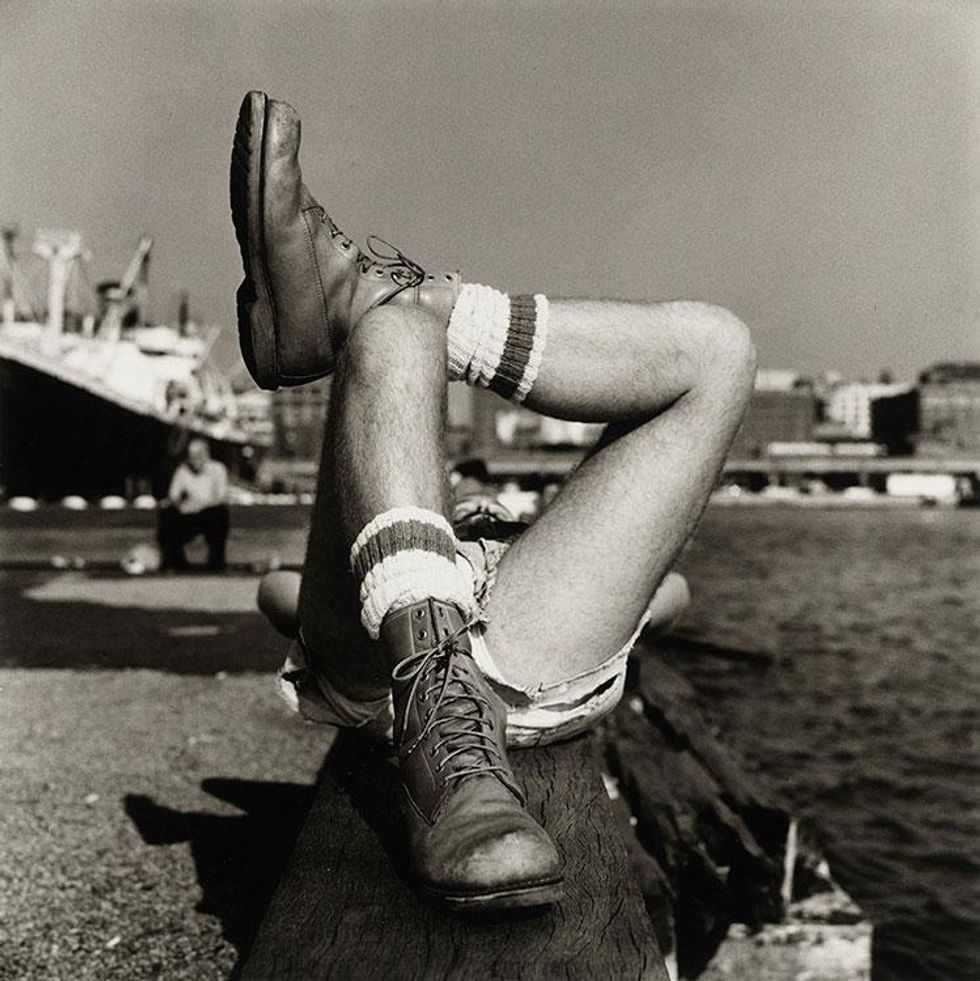
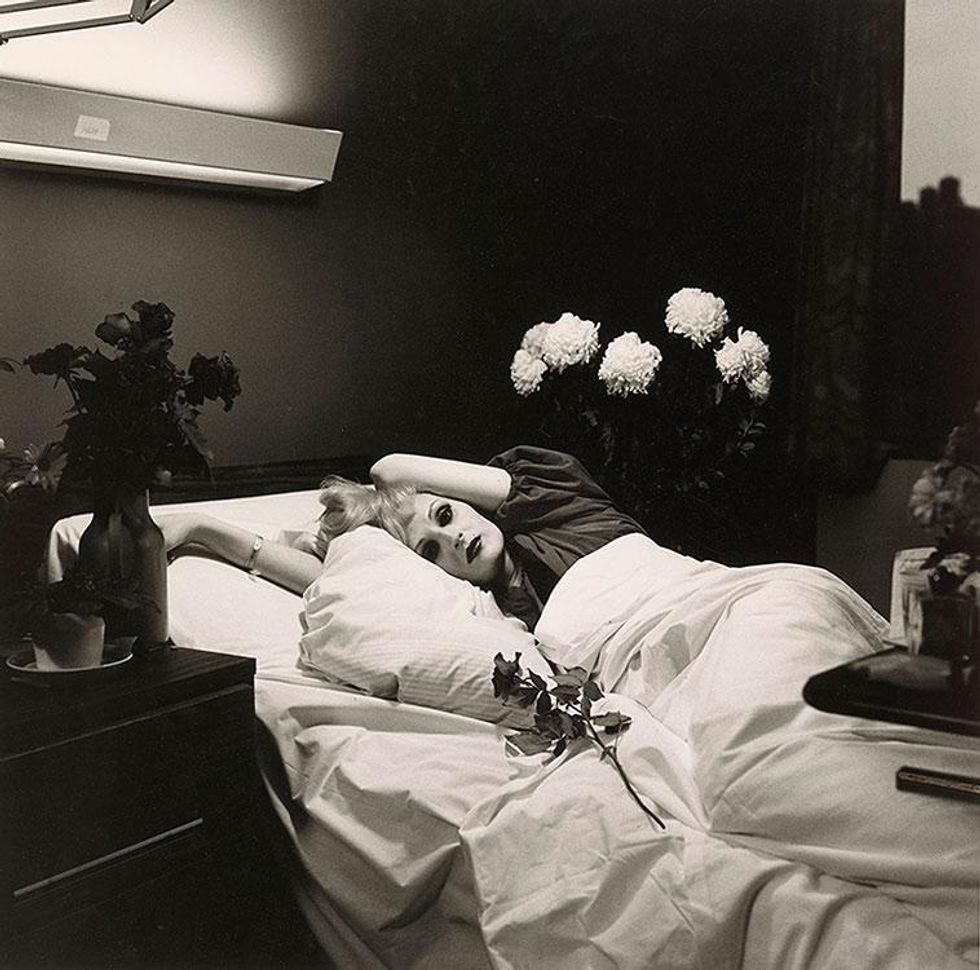
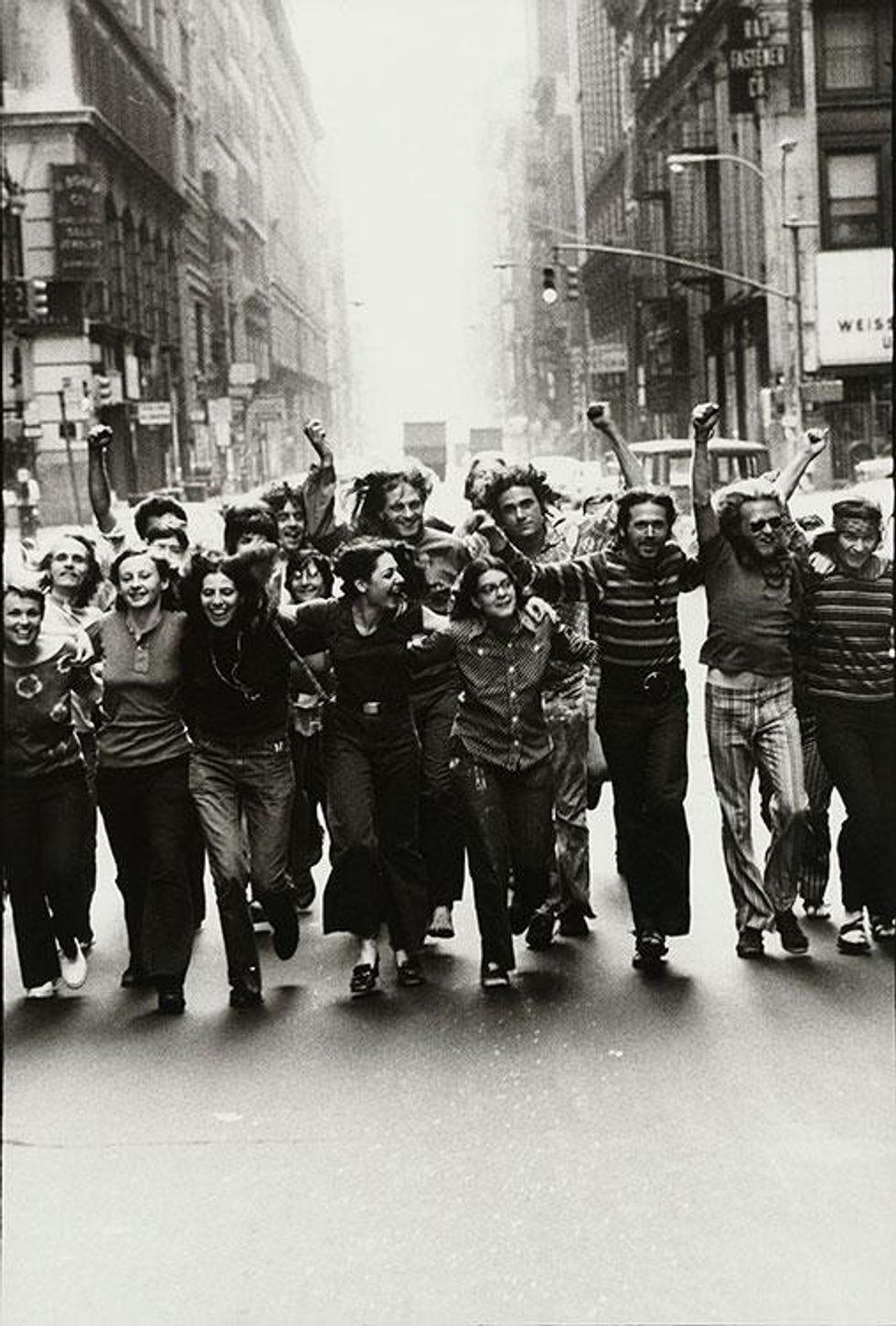
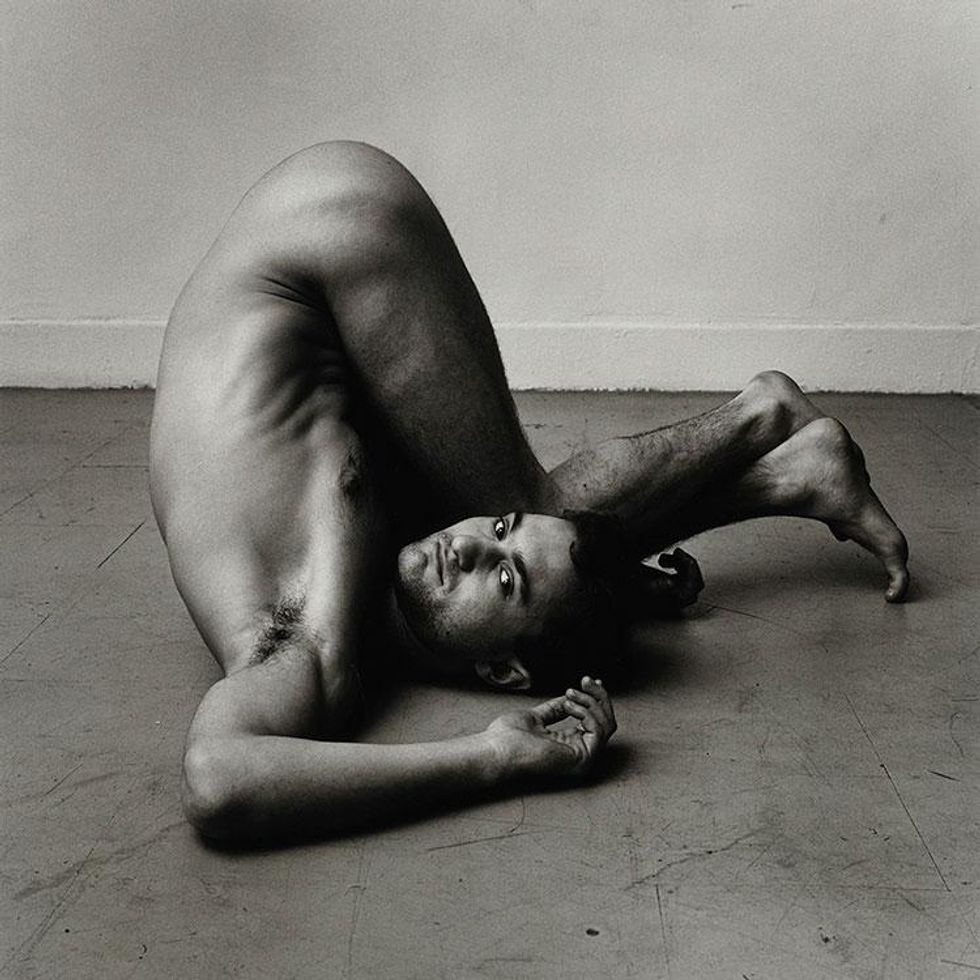
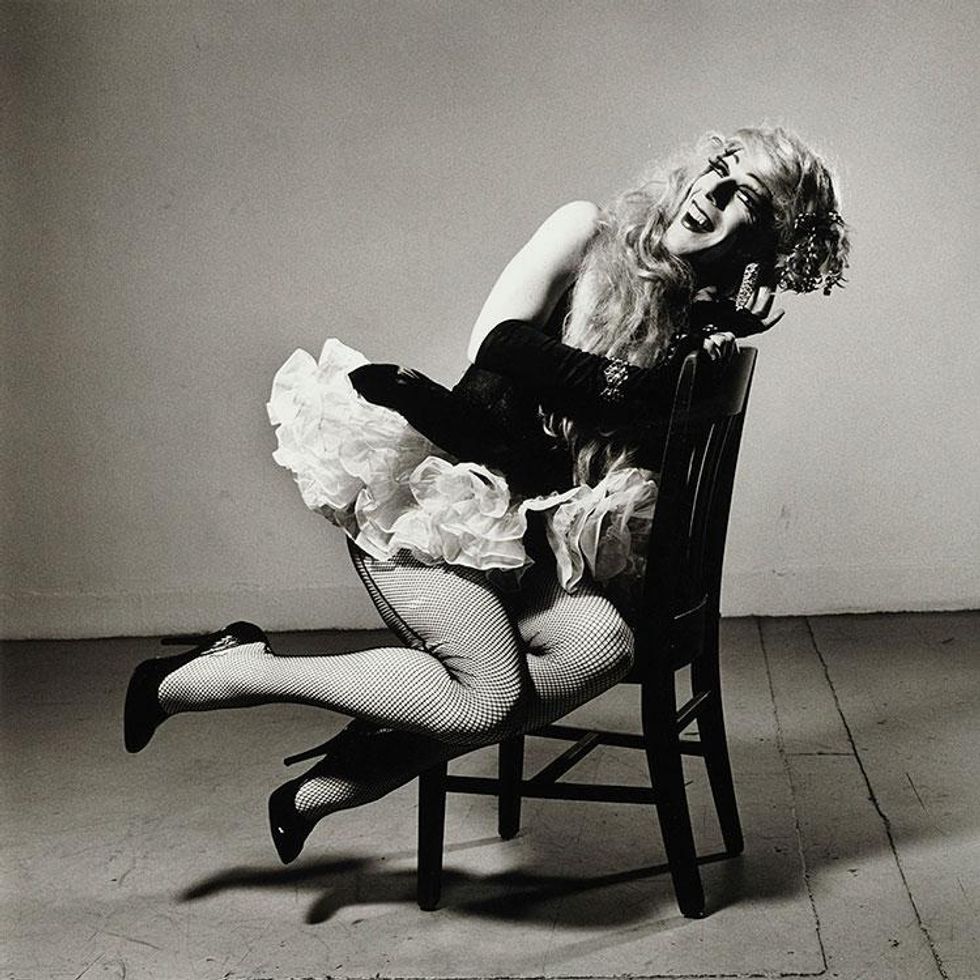
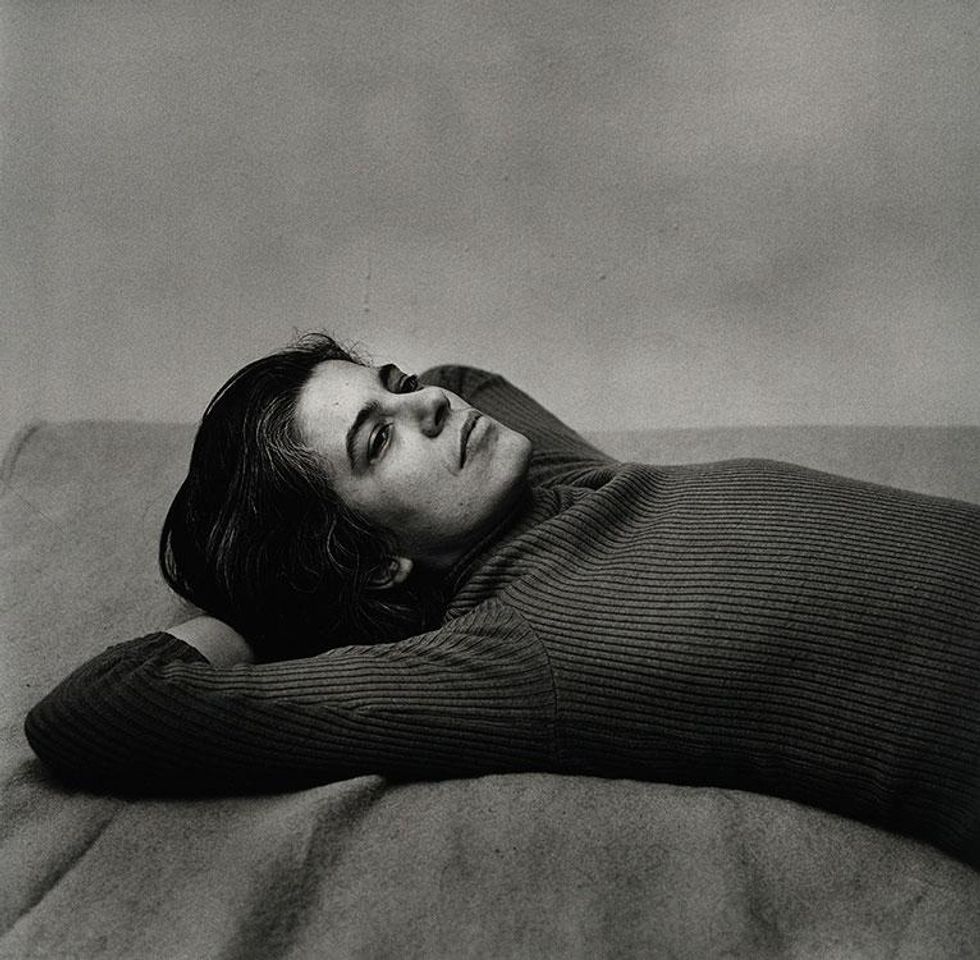
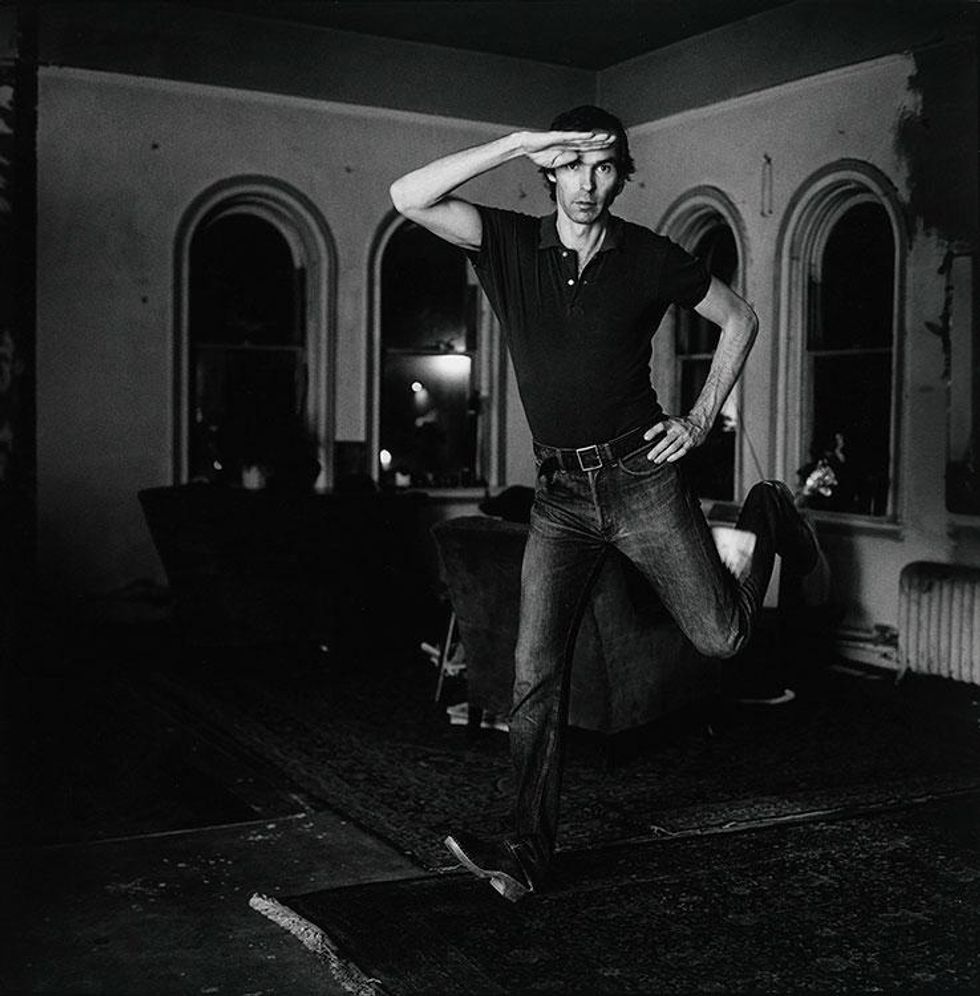
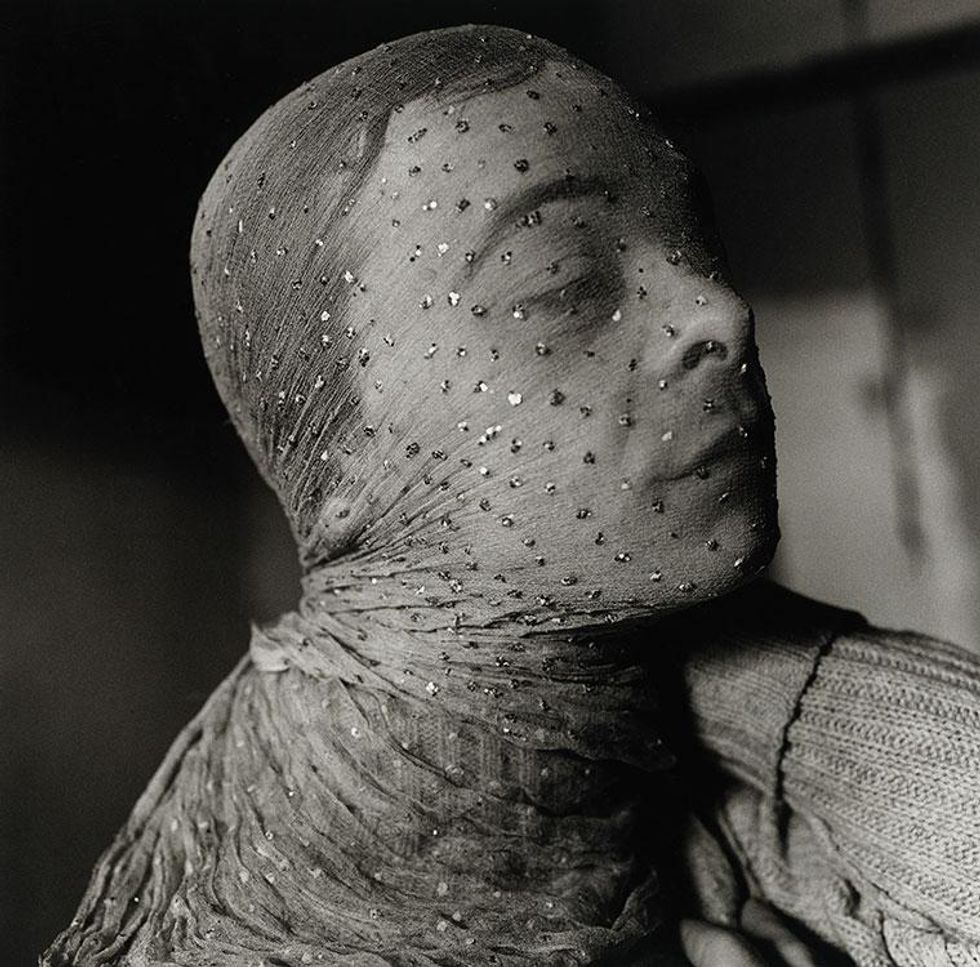
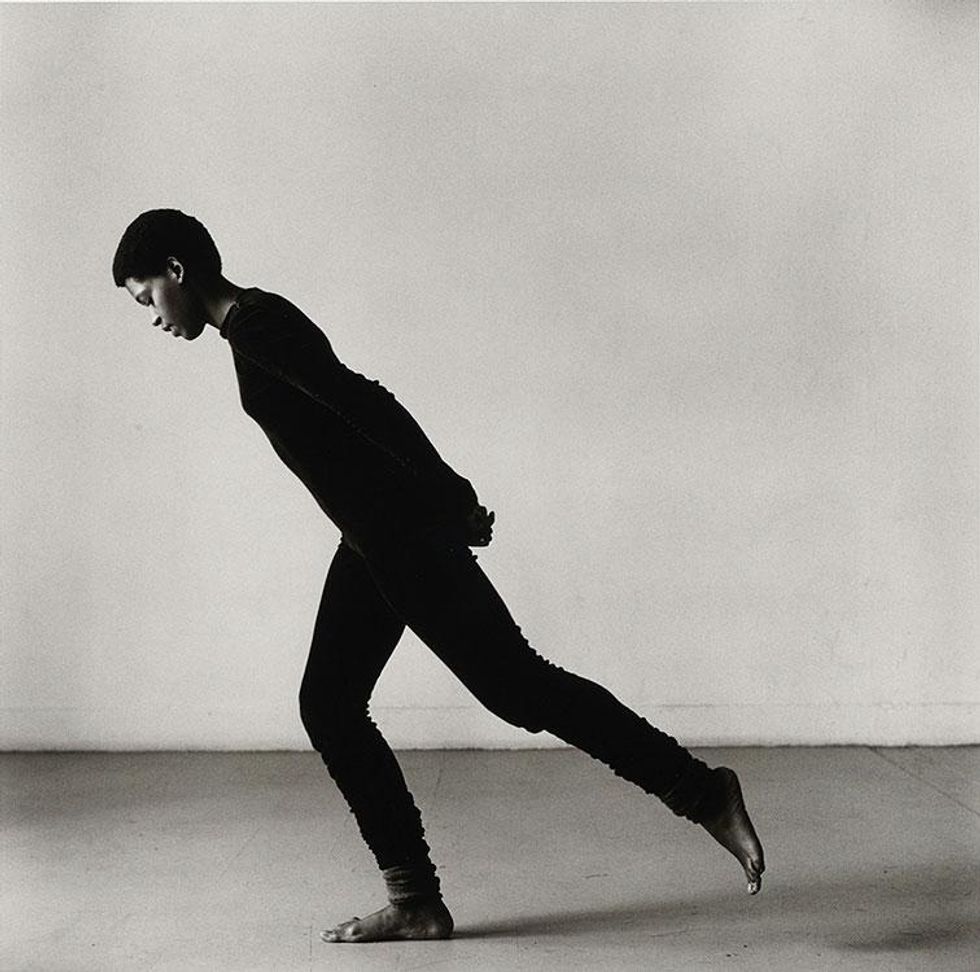

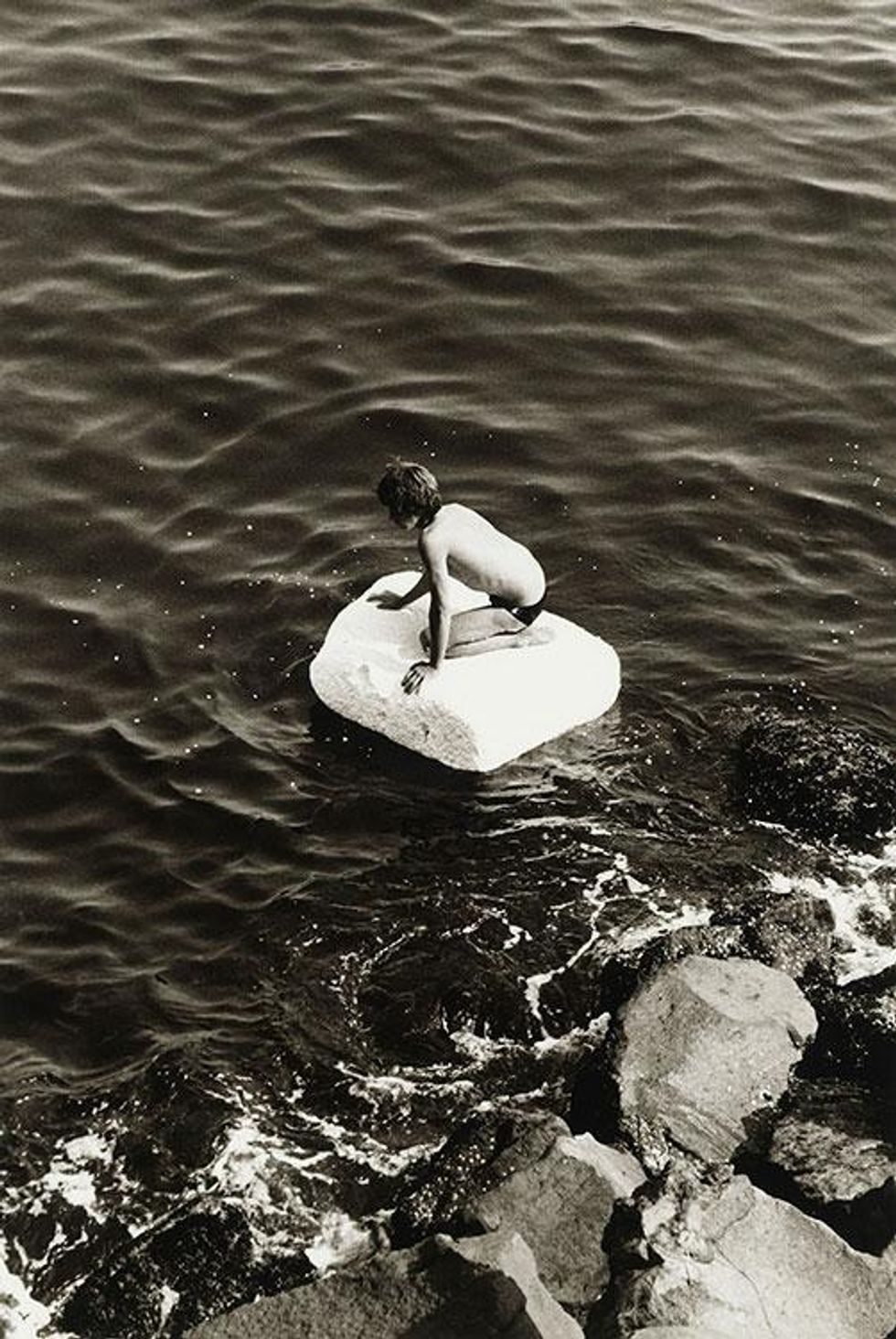
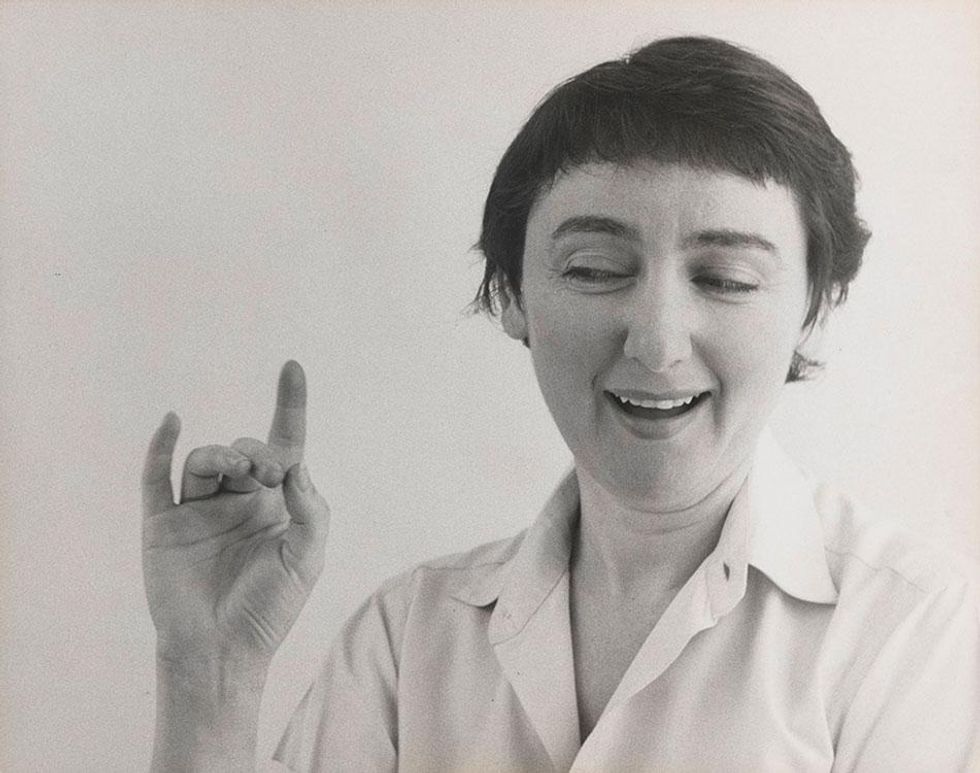
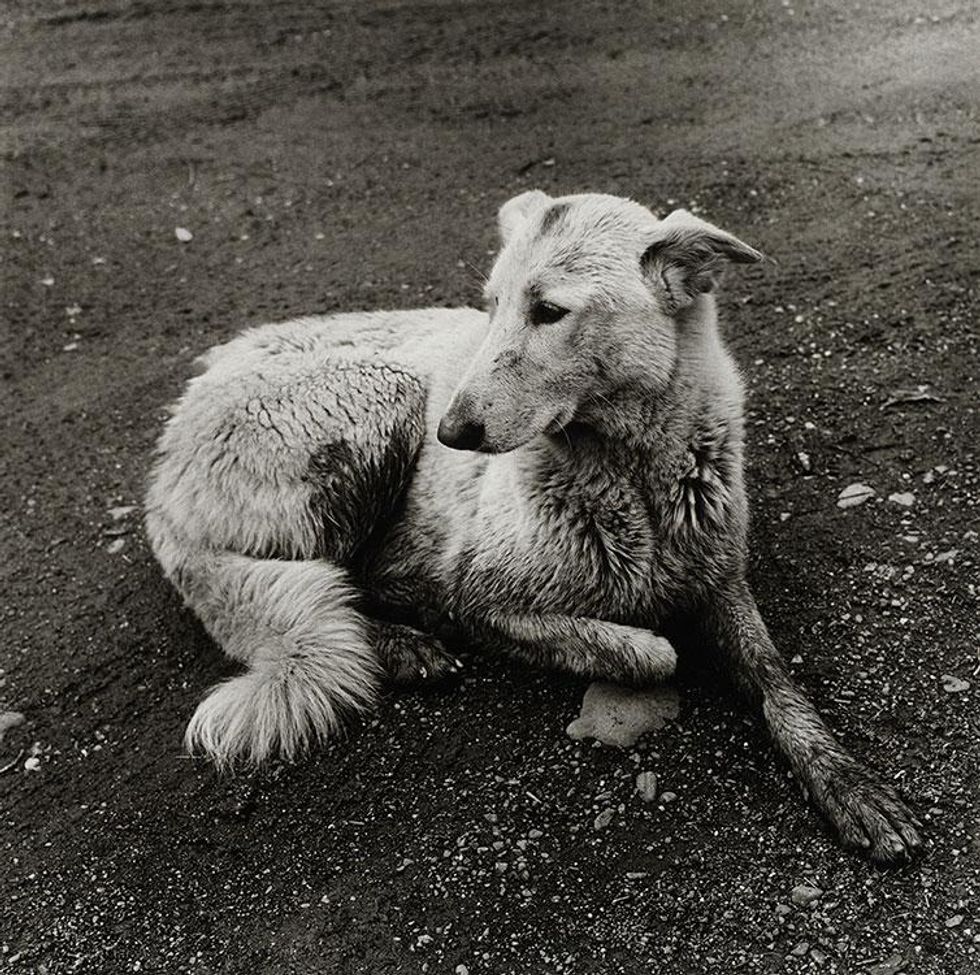
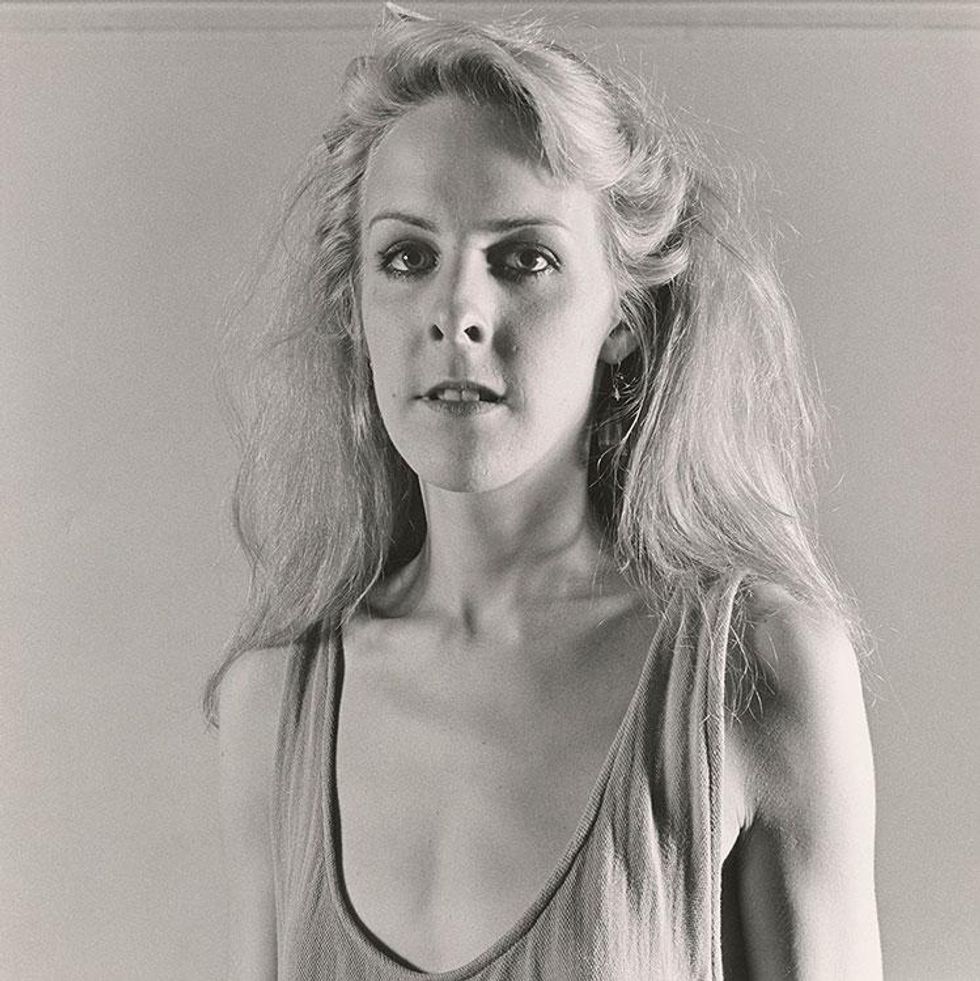
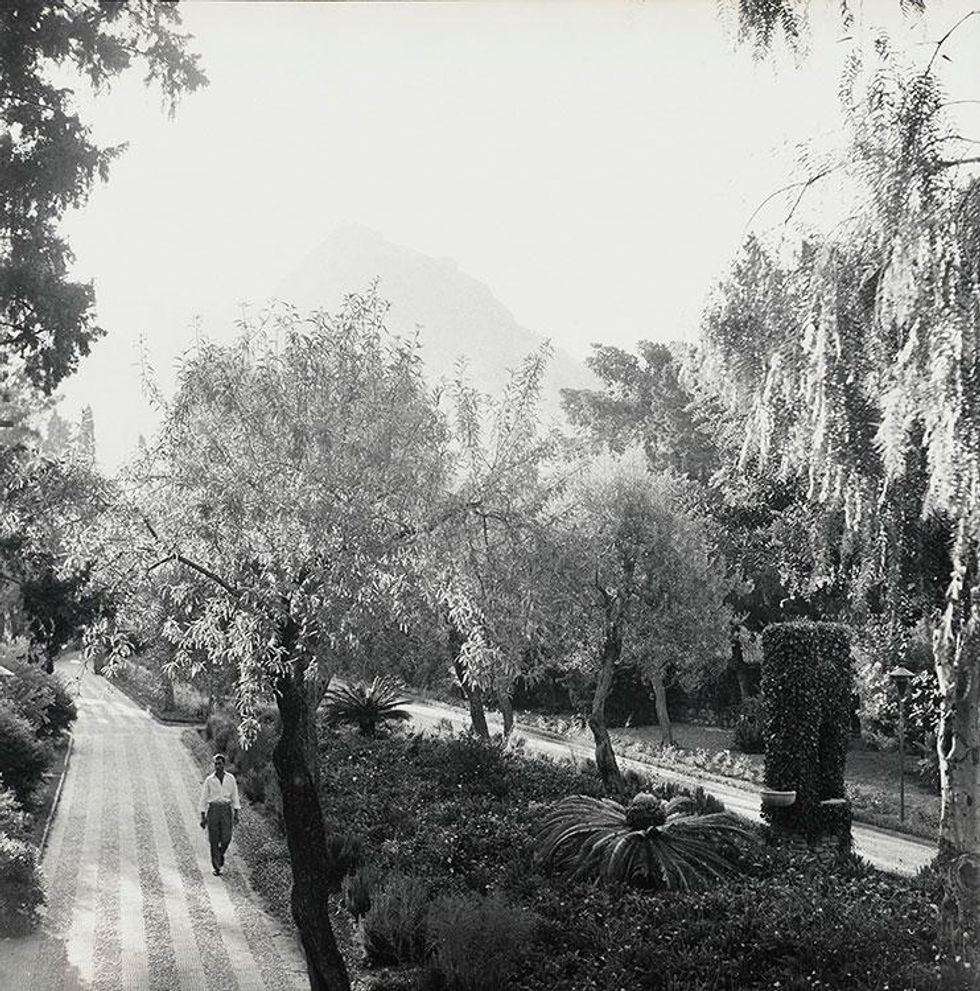
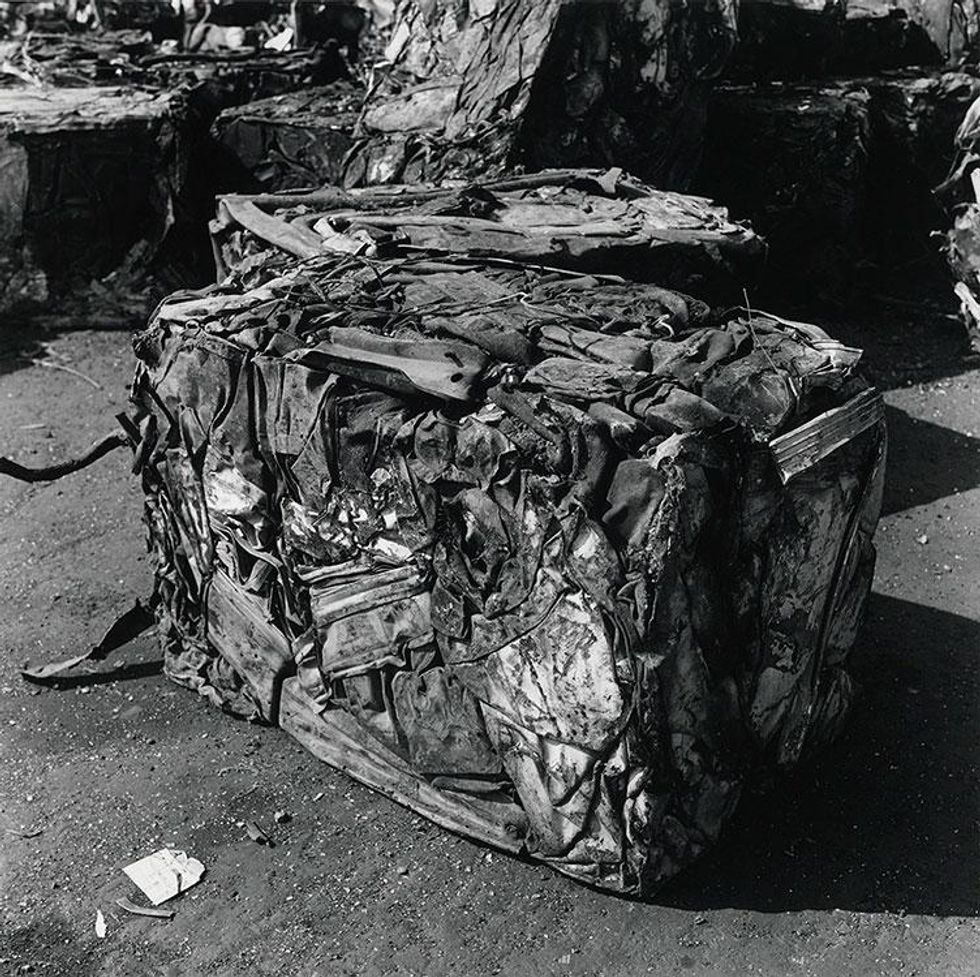
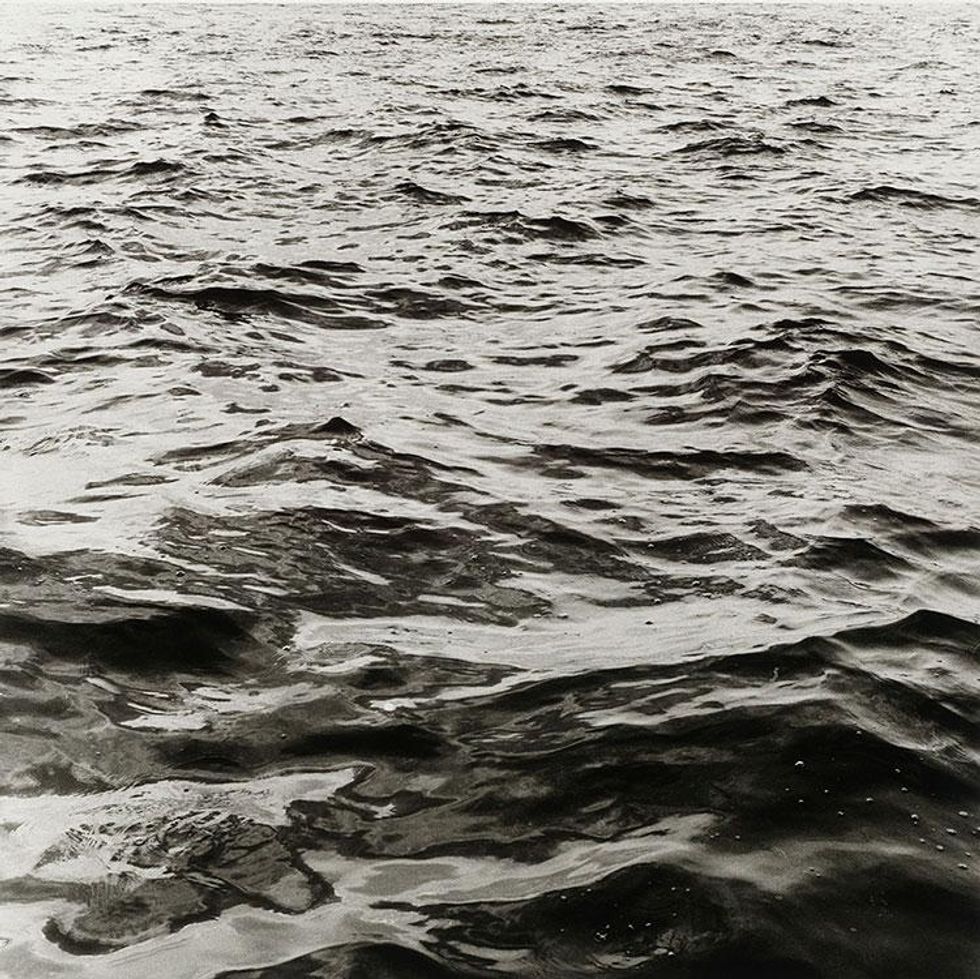
 Replay Gallery
Replay Gallery 




